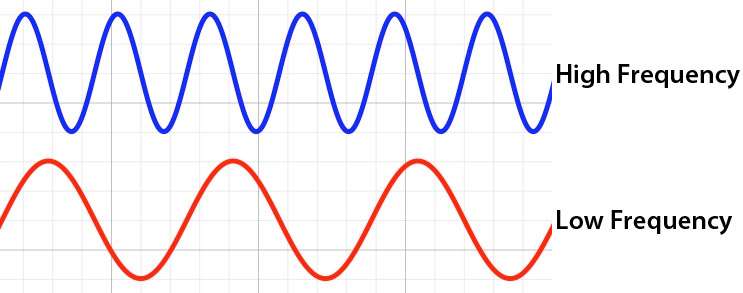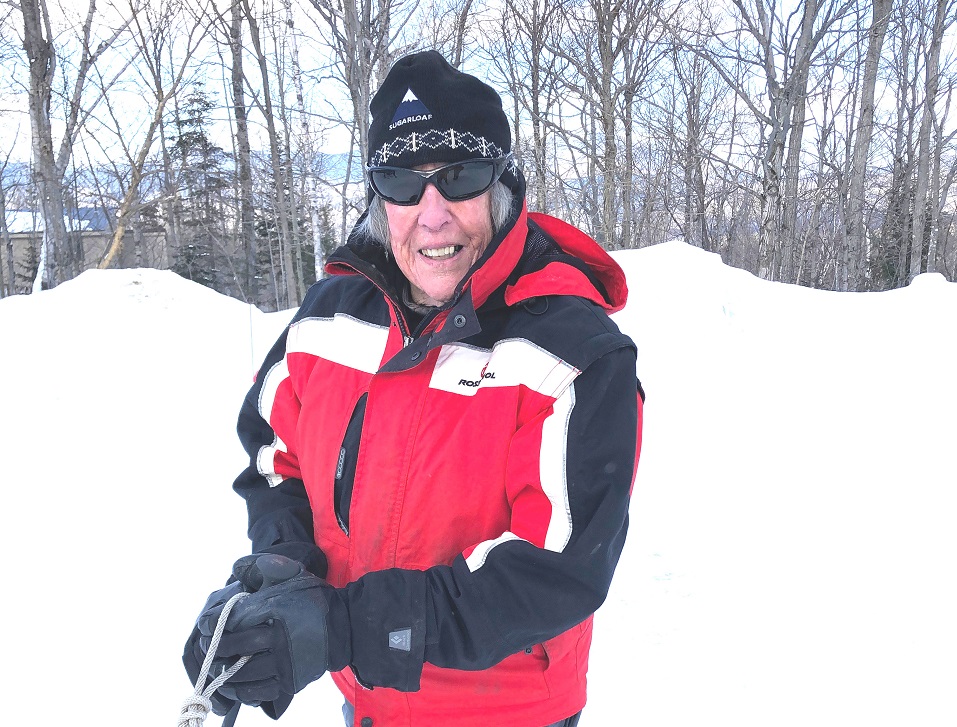FOR YOUR HEALTH: Health Services And Screenings Every Woman Should Know About

 (NAPSI)—Eating a healthy diet, exercising, getting a regular Pap smear and mammogram—these are just a few of the many steps women can take to help ensure they live longer, healthier lives. However, it can be tough to figure out what to do, given the mountains of information that are available. So, how can women determine which services and screenings are right for them—and when? You can start by being aware of what the science says about preventing certain health conditions and by having an open and honest conversation with your doctor about your values and preferences.
(NAPSI)—Eating a healthy diet, exercising, getting a regular Pap smear and mammogram—these are just a few of the many steps women can take to help ensure they live longer, healthier lives. However, it can be tough to figure out what to do, given the mountains of information that are available. So, how can women determine which services and screenings are right for them—and when? You can start by being aware of what the science says about preventing certain health conditions and by having an open and honest conversation with your doctor about your values and preferences.
Cardiovascular Disease
Cardiovascular disease (CVD) is the number one cause of death for women. Fortunately, you can help prevent CVD by addressing important risk factors such as high blood pressure, high cholesterol, and obesity. For example, if you are age 40 to 75, talk to your doctor about your CVD risk and whether a low- or moderate-dose statin may be right for you. Statins are medications that lower your cholesterol, prevent buildup of cholesterol and fats in your arteries, and reduce your chances of having a heart attack or stroke.
Depending on your age and risk factors, taking a low-dose aspirin daily can also potentially help prevent CVD. When blood clots form in narrow blood vessels, such as the ones in your heart and brain, it can cause a heart attack or stroke. Aspirin can help keep these blood clots from happening, lowering your risk. There are some risks associated with taking low-dose aspirin every day, so make sure you talk to your doctor about whether aspirin is right for you.
Taking statins and aspirin to prevent CVD are effective but they are just one part of CVD prevention. You can reduce your risk of CVD by quitting smoking, eating a healthy diet, and becoming more physically active. If you smoke, talk to your doctor about ways to help you quit. If you are overweight and have other CVD risk factors or even if you are healthy and simply want to stay that way, ask your doctor about how you can develop heart-healthy habits.
Cervical Cancer
Screening for cervical cancer finds the disease when it is most treatable. Unfortunately, 12,000 women in the United States are diagnosed with cervical cancer each year. Most cases of cervical cancer happen in women who have not been regularly screened or appropriately treated. That is why it is critical for women to get screened regularly starting at age 21. There are several effective options for screening, depending on your age and preferences. The Pap test and the human papillomavirus (HPV) test are the most effective ways to screen for cervical cancer and are done during a visit to your doctor’s office. Talk to your doctor about which test is best for you and how often you should be tested.
Breast Cancer
Breast cancer is one of the most common types of cancer in women; roughly 237,000 cases are reported in the United States each year. Breast cancer screening aims to find the disease early, when it is easier to treat. Mammograms, which are X-ray pictures of the breasts used by doctors to look for early signs of the disease, are the most effective method of screening for breast cancer. Evidence shows that the benefits of mammograms increase with age, with women aged 60 to 69 most likely to benefit from screening. Still, about one in three women who should get a mammogram regularly do not. If you are between the ages of 50 and 74, talk to your doctor about getting a mammogram regularly. Some women decide to start screening as early as age 40. Talk with your doctor about your individual situation and circumstances, when you should start screening, and how often you should be screened.
Screening for Osteoporosis
As people age, their bones begin to thin. For some people, their bones become very weak and can break or fracture more easily, a condition known as osteoporosis. Osteoporosis affects one in every four women age 65 or older in the United States. Bone measurement tests can be used to screen for osteoporosis and identify the likelihood of future fractures. For people who have osteoporosis, treatments are available to reduce the risk of a fracture. If you are a woman age 65 or older (or younger than 65 with certain risk factors), ask your doctor about being screened for osteoporosis and other ways to improve bone health.
Recommendations for Keeping Yourself Healthy
These recommendations were developed by the U.S. Preventive Services Task Force—an independent group of national experts in prevention. The Task Force makes recommendations, based on the latest science, about what works and what doesn’t work for preventing disease and promoting good health.
Learn More
For more information on these and other Task Force recommendations, visit www.uspreventiveservicestaskforce.org.




















